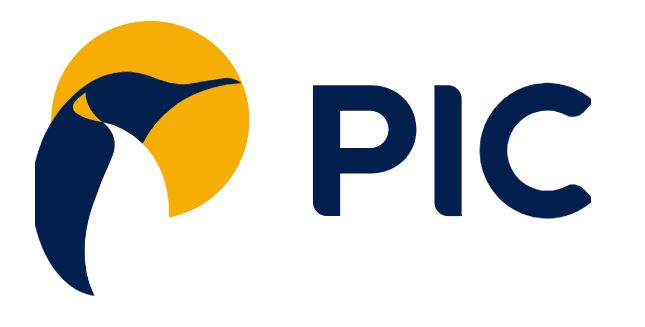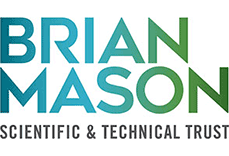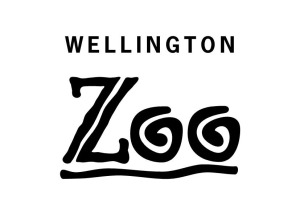
A simple plastic mesh fence is saving penguin lives on the West Coast, keeping little penguins, kororā, safely on the sea side of the Great West Coast Road near Punakaiki.
The conservation status of these smallest of penguins is At Risk – Declining. When the West Coast Penguin Trust started out life in 2006, their first goal was to find out whether, and if so why, little penguin numbers were declining in this region. Stoats were believed to pose a threat, as they do for most native birds, so the Trust’s first project was to monitor breeding success in colonies with and without stoat trapping.
At the same time, the Trust established a little penguin mortality database, and that, created and maintained in collaboration with the Department of Conservation ever since, has proved critical in understanding and then managing threats to these penguins.
From both the breeding success monitoring and the mortality database, it quickly became clear that stoats were not a major threat at all. Perhaps plague proportions were not seen in little penguin colonies or perhaps the feisty penguins were better able to protect themselves and their chicks than other birds; that part of the picture remains unclear.
The mortality database, where every reported death of a little penguin was recorded with location and likely cause of death if known, provided the answer.
Many penguins were being killed by vehicles on coast roads. In fact, in the first eight years of record keeping, up to 68% of all reported penguin deaths were on the road, the highest proportion being in the Buller District and on the Coast Road – the state highway. The second biggest killer, at around 19%, was dogs, generally loose dogs that had been allowed to roam freely in coastal areas. That’s another story and one which, after years of awareness and education effort, may be improving.
Within a couple of years of its inception, the Trust team started talking about a fence. Should it be both sides with tunnels underneath so that penguins could safely nest on the inland side of the highway, where they would have nested for thousands of years? Or could they be fenced off the road and nest sites restricted to the seaside of the fence? There was plenty of room for penguins to nest on the seaside, so the cheaper option of a single fence was chosen.
The Trust talked and talked – to DOC and to Waka Kotahi, NZ Transport Agency then – in the hope of gaining their support and funding for the project to build a fence along the highway. Support was forthcoming but not the funding, so, with more penguins being killed every year, the Trust decided it had to make a start. In March 2012, with the help of New Zealand Conservation Volunteers, the Trust erected a trial 100m fence just south of Punakaiki, where sadly the small little penguin colony has pretty much been erased due to deaths caused by vehicles and dogs.
The new fence used a sturdy plastic geomesh manufactured for use under roads and chosen for its resistance to wear, salt and ultraviolet light. It proved successful and durable and plans and fundraising got under way for the 2.6km section of the Coast Road where the highest number of penguins were dying.
Before the 2014 breeding season was underway in July, the new fence was completed and a ceremony to officially close it was held at the beach, led by the then Buller District Mayor, Garry Howard. A year later, a further 300m of penguin protection fence was installed over looking Seal Island, completing the protection of four colonies from vehicles and cutting road kills to zero.
There are two more parts to this story, a review of the mortality data before and after the fences were erected, but also, as the penguins began to thrive again, they started exploring further afield, and, tragically, a penguin was killed on the road in the fenced – or more accurately mostly fenced – area during the 2021 season.
Firstly to the data, and the graphs tell the success story.
Before the fence was installed, 56% of all reported deaths were caused by vehicles (154 of a total of 273 dead penguins for eight years). 75% of those deaths on the roads were in Buller (116), largely on the Coast Road.
When compared to the six years after the fence was installed, the proportion of penguins being killed on the roads dropped to 37% (49 of 131) and half of those were in the Buller confirming the assumption that the penguin protection fence was working.

Looking at the numbers as opposed to percentages, it is clear that penguins are much better off. Without a fence and, based on the figures before the fence was installed, it is likely that around 87 penguins would have been killed on the roads in the Buller between 2014 and 2019 but the actual number is 25. 25 too many of course, but that’s as many as 60 penguins saved over that period.

We should pause at this point to thank those who made the fence possible, providing donations, grants and in kind support, including DOC, Waka Kotahi/NZTA, Maccaferri/Geofabric, Farmlands and many wonderful individuals. The value of the fence in 2014 money was in the region of $60,000, a massive project for the small Trust.
And now to the next chapter. Sadly, the main 2.6km fence was built with three big gaps. Four bach owners occupying legal road managed by Waka Kotahi did not want the fence installed close to their baches. This was beyond the comprehension of the Trust team. If you enjoy living or holidaying in such a fabulous coastal location, surely the wildlife would be part of that experience. But at the time, the main colony areas were protected and the fence was doing its job.
Until 2021. As the penguins thrived with the penguin protection fence behind them, numbers appeared to be growing. And as populations grow, they spread out. After the report of a penguin being killed on the road beside one of the gaps, the Trust knew that the time had come to fill the gaps in the fence. Two of the baches next door to each other had changed hands in the intervening years and the new owners were only too happy to support penguin protection.
With annual support from Waka Kotahi NZTA to help maintain the fence, that funding was redirected in 2023 and WestReef were able to complete a new section of penguin fence near Limestone Creek before the 2023 little penguin season was underway. This was just as well as we subsequently heard that penguins had been rescued from the road in that area the previous year.
Read about that 2023 section of fence here.
The Trust then focussed on a gap towards the southern end of the main fence and that was completed, again with funding from Waka Kotahi NZTA and undertaken by WestReef, before the 2024 breeding seaseon.
Read about the 2024 section of fence here.
There is one more part of the picture to share. When the invaluable mortality database was established, locations of dead penguins were recorded as text and it was clear where most penguins were being killed. With assistance from a very courageous volunteer, making sense of often very confusing records – entries like ‘just past green shed’ or using local names that weren’t on topo maps was challenging! – the Trust has transposed the locations to grid references and from there to geographic information that can be displayed on digital maps.
The data layer can be brought into any map system and the Trust is sharing it with council planners to inform all aspects of the planning process, whether for new plans or consent applications.
Having a very visual data set, showing the locations of around 450 dead little penguins – and sadly growing, is also enabling the Trust to review the worst sections of roads and perhaps consider new fences.
In sharing this success story and hope for the future, the Trust also needs to share a plea. Sadly, grants from DOC seem to be a thing of the past as their funding is reduced for a variety of reasons. The Trust has relied on DOC over most of its seventeen years for around 50% of its costs to operate, with the balance coming from grants and donations. An equivalent amount to the earlier DOC grants comes from volunteers and in kind support, so that every dollar from DOC resulted in $3 of penguin conservation.
Without DOC support, new funding will need to be found to avoid reducing the Trust’s operation. We have an ongoing campaign to maintain the important work that we do, including research, practical conservation projects, education, awareness and advocacy.
Our vision is that West Coast seabirds and their habitat are healthy and thriving. We need you to help us continue to work towards that vision. If you can help, please go to our ‘donate’ page to donate by credit card or bank payment. Thank you for your support.



















